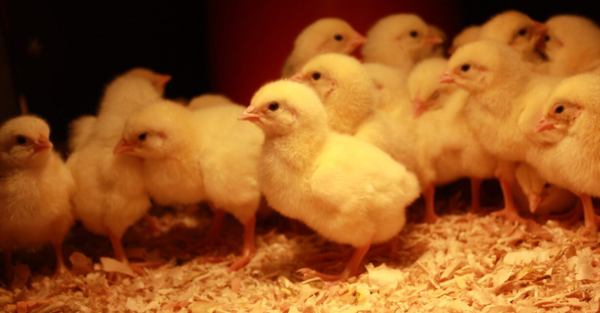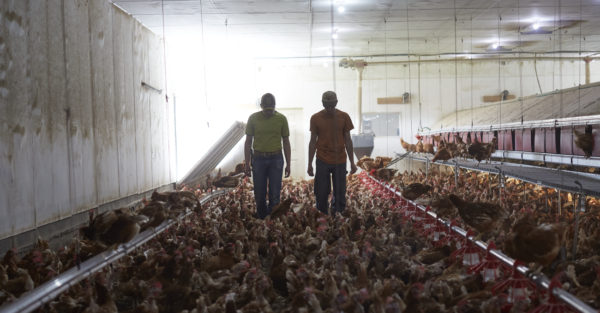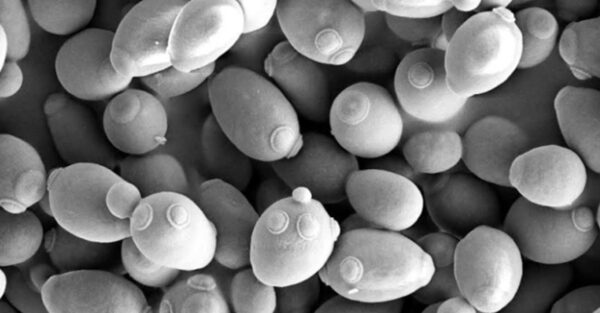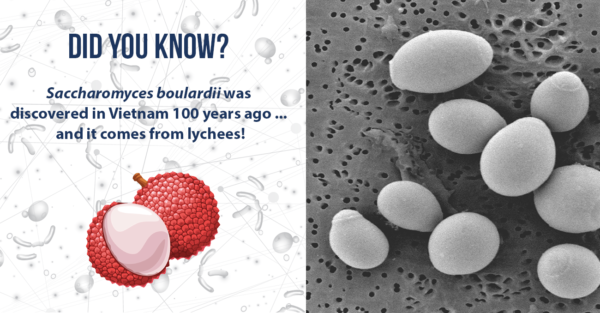Blog | Reading Time 2 minutes
New benchmarking study confirms: Alkosel offers the highest selenium transfer into breast muscle of broilers
A new study assessed the bioavailability of nine different selenium (Se) sources in broiler chickens: sodium selenite (SS), Se proteinate (SP), three different synthetic organic sources containing 100% selenomethionine (SeMet) (Zn-SeMet, OH-SeMet and SeMet) and four different Se yeast products (SeY1, SeY2, SeY3 and Alkosel).
Results are expressed using the Se transfer ratio*, which appears as the most accurate indicator to assess bioavailability. Se concentration in tissue alone would not reflect the actual feed intake level and the real Se level of the different diets.
Superior bioavailability
- SP is obtained by mixing mineral Se and soya protein hydrolysates. During this process, organic selenoamino acids cannot be generated. As a non-organic source of Se, SP is therefore absorbed in the same way as inorganic Se. Transfer rate for SP and SS are 10.3% and 17.3%, respectively.
- ALKOSEL demonstrated a significantly higher Se transfer ratio when compared to all three synthetic organic sources. Among the three, OH-SeMet resulted in the highest Se transfer.
Not all Se yeast are the same
All the Se yeast tested followed similar specification: 2000-2400 ppm total Se, of which >63% as SeMet. However, all products differ in their visual aspects and quality.
- SeY1 is an inactivated Se yeast with a dark color and a low SeMet content (35% SeMet measured). Se transfer rate of SeY1 (21.2%) was not statistically different from SS.
- SeY2 appears as a granulated powder in which the yeast is not fully inactivated. Even though the measured SeMet content is high (69% SeMet), the Se transfer rate was the lowest compared to all other sources, confirming the limited absorption of Se from live yeast cells.
- SeY3 and Alkosel, being inactivated Se yeasts with a high SeMet content and light color, resulted in the highest Se transfer rates (SeY3: 38.5%, Alkosel: 49.4%).
In conclusion, this study confirms previous benchmarking studies with dairy cows and laying hens, showing that high quality Seenriched yeast is the best Se source when it comes to bioavailability.
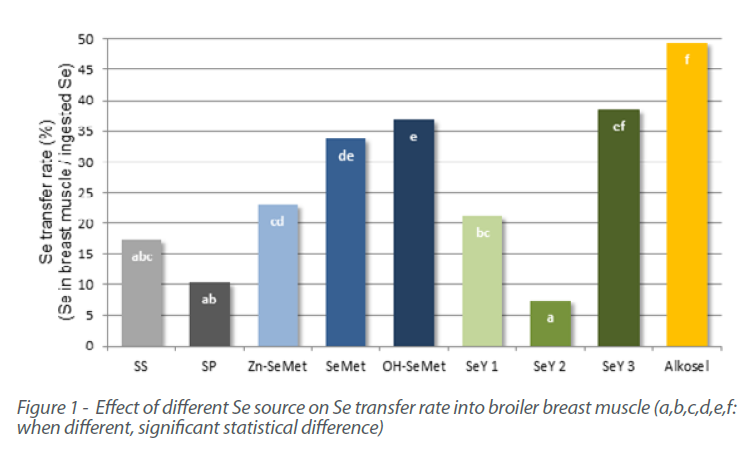
* Se transfer ratio is calculated as the ratio between the quantity of Se exported in animal products (e.g. muscle) and the quantity of Se fed to the animal.
Published Sep 24, 2018 | Updated May 29, 2023
Related articles
Need specific information?
Talk to an expert